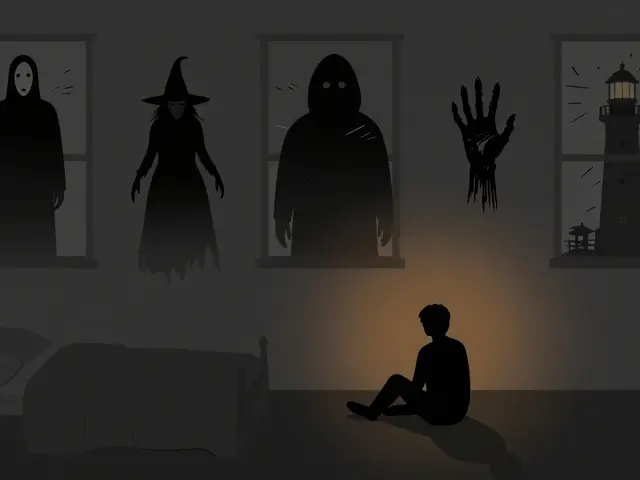Unreliable Narrator in Film and Storytelling: What It Is and Why It Matters
When a character tells you a story but isn’t telling the whole truth, you’re dealing with a unreliable narrator, a storyteller whose credibility is compromised by bias, ignorance, mental state, or deliberate deception. Also known as narrative bias, it’s one of the most powerful tools in film and literature to make you question what’s real—and who you can trust. This isn’t just a plot twist. It’s a whole way of telling a story that pulls you into the character’s head, then flips it upside down.
Think of Fellini’s 8½, a self-reflexive film that blurs memory, fantasy, and guilt. The protagonist isn’t lying to you—he’s lying to himself. That’s the quiet magic of an unreliable narrator: you don’t always know you’re being fooled until it’s too late. The same trick shows up in horror films where the main character sees things no one else does, or in thrillers where the hero’s past is full of holes. It’s not about the story—it’s about who’s telling it, and why they’re hiding something.
Modern filmmakers use this technique to make you work. You don’t just watch the movie—you replay scenes in your head, looking for clues. Did the character forget something? Did they leave out a key detail? Was their memory warped by trauma, drugs, or pride? The narrative bias, the unconscious or intentional distortion of facts by the storyteller becomes the real villain. And when you finally see the truth, it hits harder because you were part of the lie.
You’ll find this in stories where the main character is a liar, a drunk, a child, a criminal, or someone with a mental illness. It’s not about making them likable—it’s about making you question everything. That’s why cinematic deception, the deliberate manipulation of audience perception through flawed storytelling works so well in films that stick with you. It turns passive viewers into detectives.
The posts below dive into how this trick shows up in everything from classic cinema to modern streaming hits. You’ll see how dialogue can hide truth, how memory plays tricks, and why some of the most memorable scenes aren’t about what’s shown—but what’s left out. Whether it’s a character rewriting their past or a director hiding clues in plain sight, you’ll learn how to spot the signs—and why it matters for how you watch stories now.
6
Rashomon and the Unreliable Narrator: How Kurosawa Changed Cinema with Truth That Doesn't Add Up
Akira Kurosawa's Rashomon shattered cinematic norms by showing that truth isn't absolute - it's shaped by memory, pride, and fear. Four conflicting accounts of one crime reveal how humans rewrite reality to protect themselves.
Latest Posts
Popular Posts
-
 Best Horror Movies on Streaming Services Right Now
Best Horror Movies on Streaming Services Right Now
-
 App Layout Strategies: Organize Streaming Services by Genre and Use
App Layout Strategies: Organize Streaming Services by Genre and Use
-
 How to Expand Storage on Fire TV with USB Drives and Manage Apps Better
How to Expand Storage on Fire TV with USB Drives and Manage Apps Better
-
 How to Find All Your Streaming Subscriptions and Stop Overpaying
How to Find All Your Streaming Subscriptions and Stop Overpaying
-
 How to Cancel Paramount+: Step-by-Step Guide
How to Cancel Paramount+: Step-by-Step Guide



